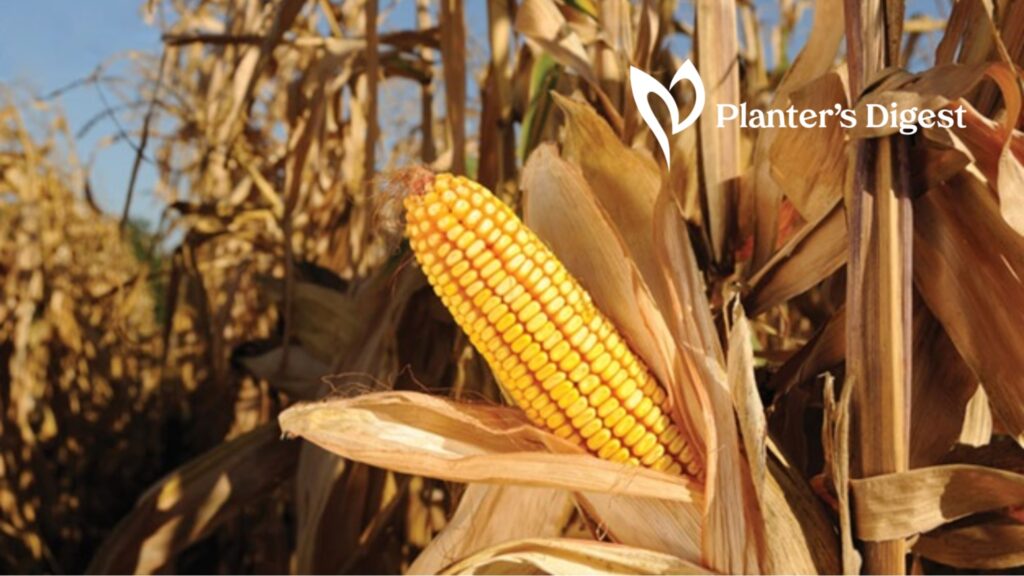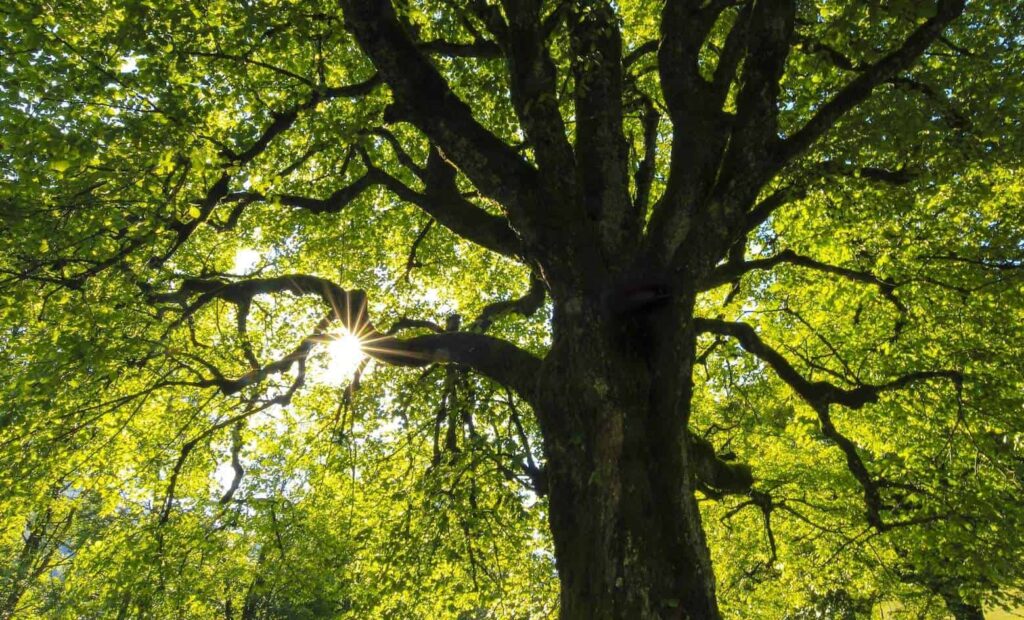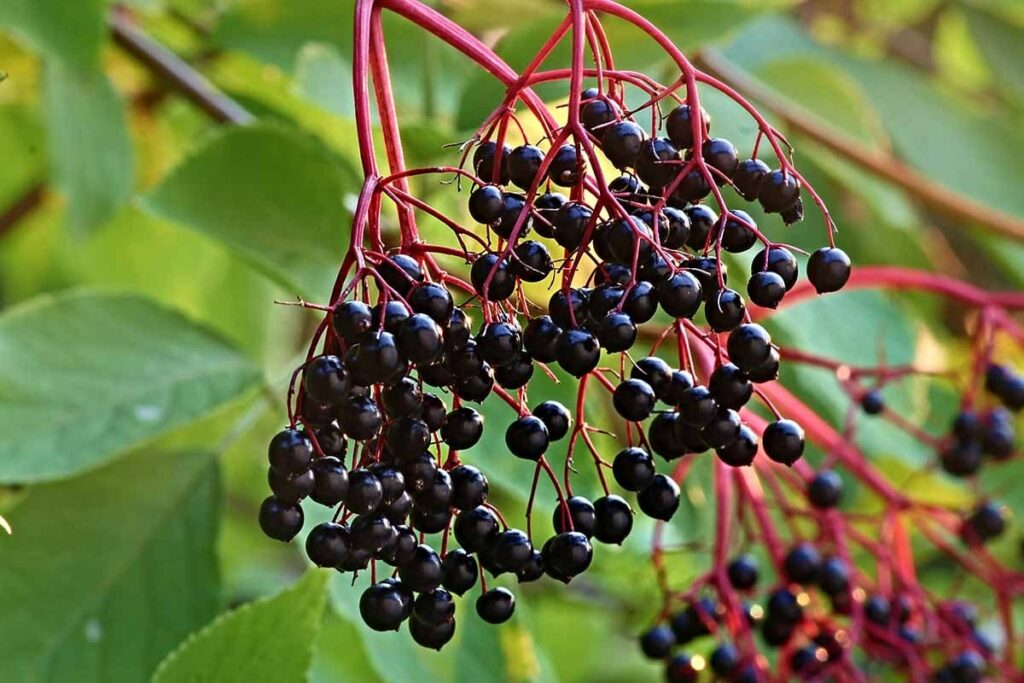A few summers ago, I grew corn just for the fun of it, and to enjoy that delicious corn on the cob, of course! After harvesting, I used to just compost the leftover stalks without a second thought.
But then it hit me: surely there are more creative and eco-friendly ways to handle dead corn stalks.
So, I dug around for new methods. I even refreshed my memory on some cool ideas I had forgotten.
And if you’re curious about what to do with dead corn stalks in your garden, then stick around, because I’ve got some fantastic answers and tips to share with you!
What to Do with Dead Corn Stalks
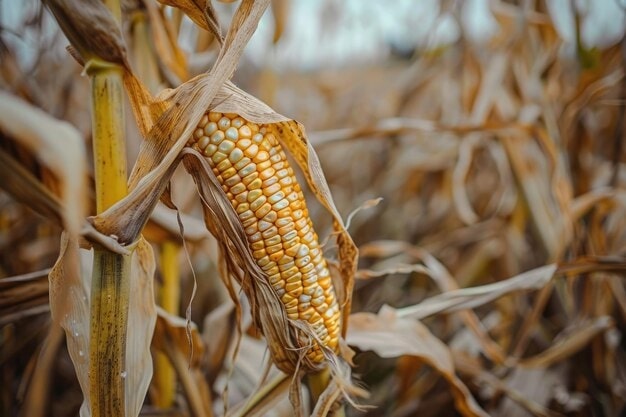
1. Use as Animal Feed
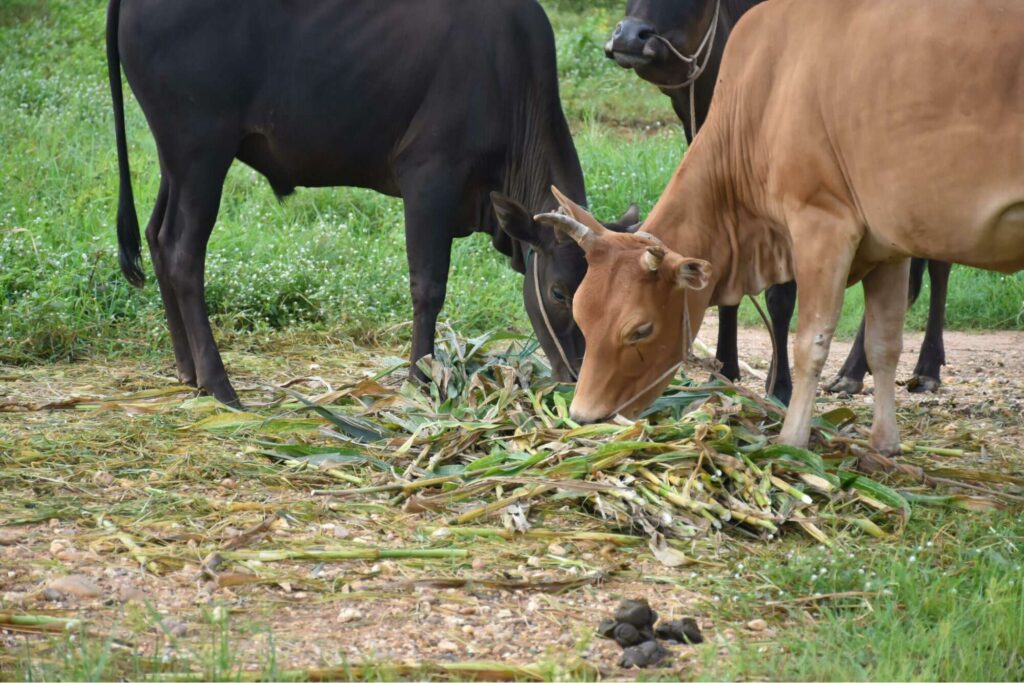
Leftover corn stalks might seem like a waste, but they can actually make a decent snack for various animals! Cattle, chickens, goats, horses, and even rabbits can munch on these stalks.
They’re not exactly gourmet fare, but they do provide some extra fiber and a bit of protein. Just think of them as a mild corn-flavored treat, but don’t expect your animals to be looking for them all the time!
The trick here is moderation. Too many stalks can lead to digestive issues because of all that fiber, so you want to steer clear of that mistake.
To make it work, try to go for about 20% of their diet to be corn stalks.
For the best results, gather the stalks after harvest, then bale them for easy storage. This keeps them dry and mold-free during those soggy winter months.
Keeping them clean and dry is key because moldy stalks could make your animals sick.
2. Collect as Bedding for Farm Animals and Pets
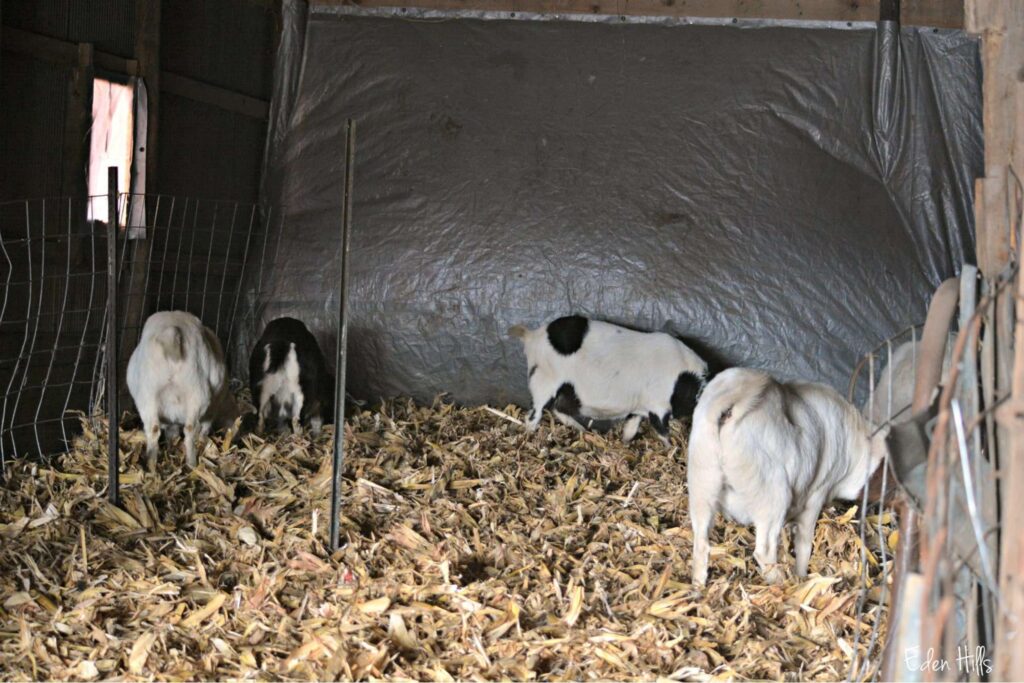
Corn stalks aren’t just for feeding; they’re also great for cozying up your barnyard buddies! After drying them out, these stalks make excellent bedding for animals.
For a small-scale setup, corn stalks can be a snug, eco-friendly option.
They offer a nice layer of insulation and some comfort against the chill of winter. Just make sure to give them a good clean to avoid any unwelcome bugs and keep everything dry and clean to prevent moldy mishaps.
For those with larger operations, you might consider baling the stalks to create bales of bedding. Baling makes it easier to handle and store, especially if you’ve got a lot of stalks.
3. Add to Compost Piles
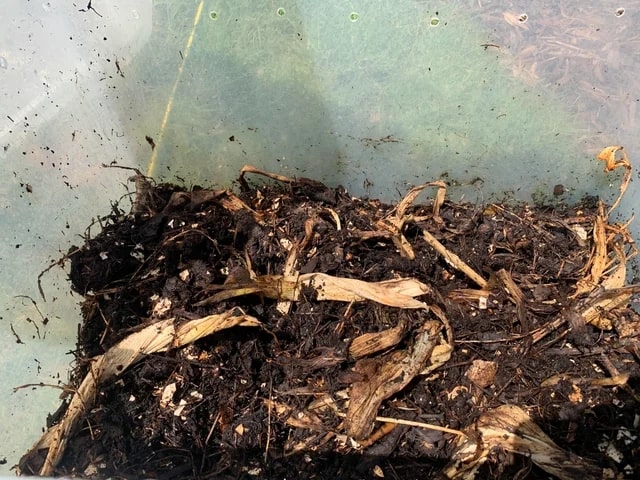
Corn stalks can transform from garden debris to garden gold with a little composting magic! Once you’ve chopped them up into smaller pieces, these stalks turn into a nutrient-packed addition to your compost pile.
Green corn stalks are ideal for composting because they’re richer in nutrients compared to their dried counterparts. They mix well with other compostable materials like vegetable scraps and leaves.
The result? Rich, dark compost that’ll make your soil sing with health. It’s like giving your garden a multivitamin!
Just toss the chopped stalks into your compost pile or mix them into your garden soil. Over time, they’ll decompose, adding vital nutrients back into the soil.
The key to good compost is to keep it moist and turn it regularly.
4. Use as Mulch
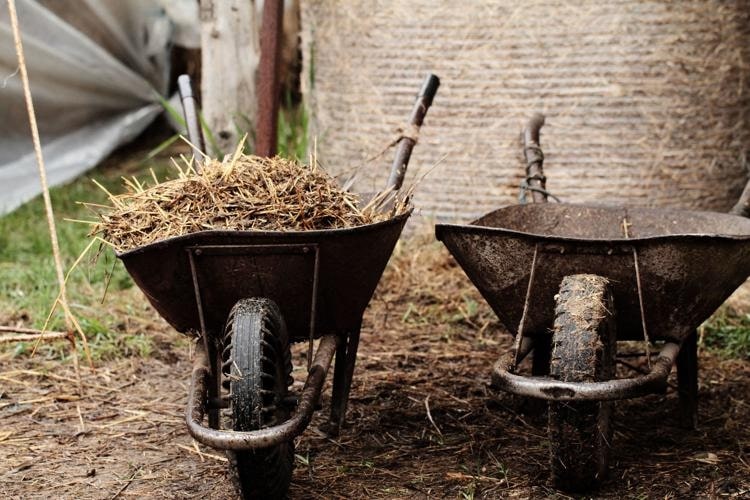
Corn stalks can pull double duty as mulch, keeping your garden neat and cozy. After the harvest, dry out those stalks and you’ve got a fantastic organic mulch for your plants.
Mulch acts as a protective blanket for your soil, and corn stalks are the perfect materials.
To mulch with dried corn stalks, spread the stalks around your plants. They’ll help smother pesky weeds while insulating the soil.
This keeps it warm in winter and cool in summer, naturally!
Just be sure to chop the stalks into smaller pieces before spreading them out. Whole stalks can block water and make it tough for moisture to reach your plants.
Clean and pest-free stalks work best. Pests love to hide out in dense mulch, so keep an eye out for any uninvited guests.
The mulch also helps retain soil moisture, reducing the need for constant watering.
5. Spread as Ground Cover
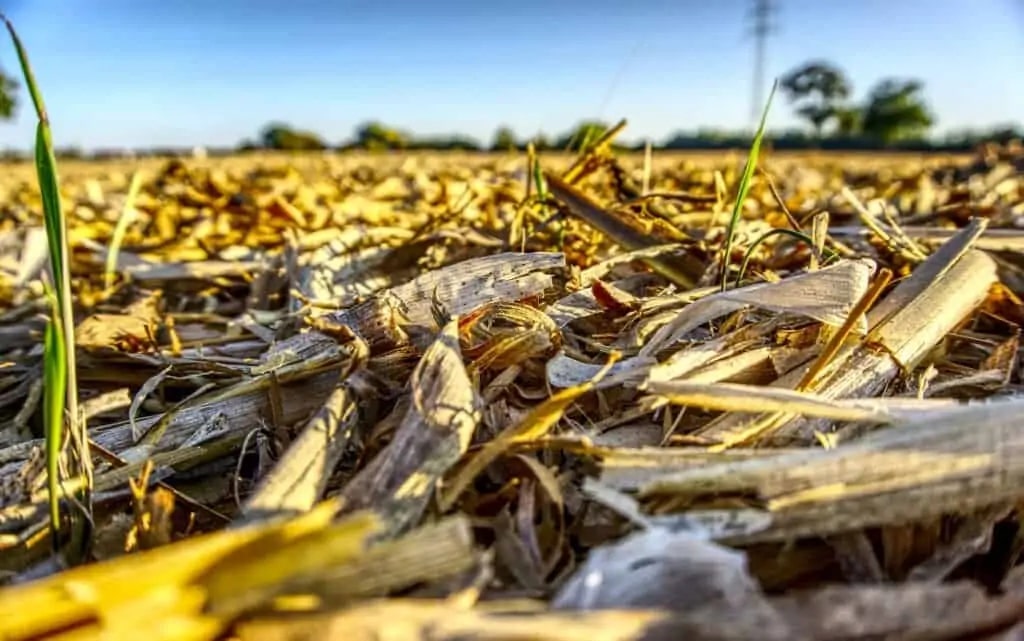
Corn stalks make a handy ground cover after harvest, adding an extra layer of protection for your soil. Once dried, these stalks can be spread over your fields to act like a cozy blanket.
As winter approaches, corn stalks help insulate the ground, preventing erosion and soil loss. This keeps the soil from washing away during heavy rains and shields it from the harsh winter winds.
Plus, the stalks can help keep early spring weeds at bay, giving your new crops a head start.
Just avoid leaving whole stalks on the ground since they can block water from reaching the soil. You can even shred them into smaller pieces for a more effective ground cover.
This way, moisture seeps through, and your soil stays happy.
6. Incorporate with Tillage
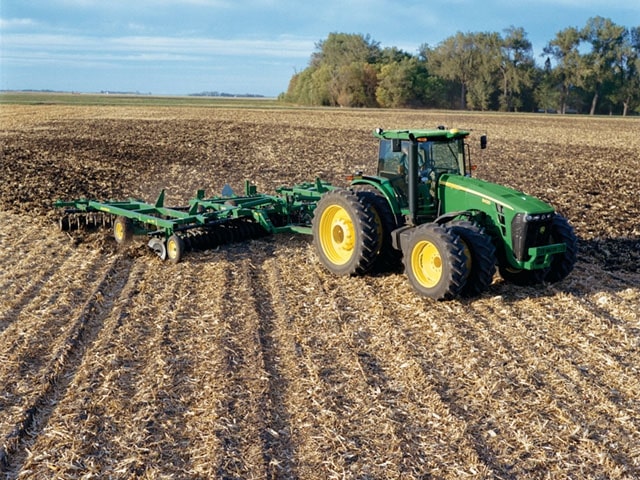
Tillage with corn stalks involves mixing them into the soil to help with decomposition and soil health. After harvesting, the stalks can be incorporated into the soil using a tiller.
This process breaks down the stalks, turning them into valuable organic matter.
Incorporating corn stalks into the soil can boost soil temperature, which helps with early planting. It also increases the soil’s nutrient content as the stalks decompose, providing a natural boost to future crops.
However, tillage can be a bit of a trade-off.
The mixing process exposes the soil to potential erosion from wind and water. Plus, tillage can lead to soil compaction over time, which isn’t great for your soil structure.
The decomposition rate of the stalks is influenced by environmental factors like temperature and moisture, not just tilling alone.
7. Feed to Worm Bins
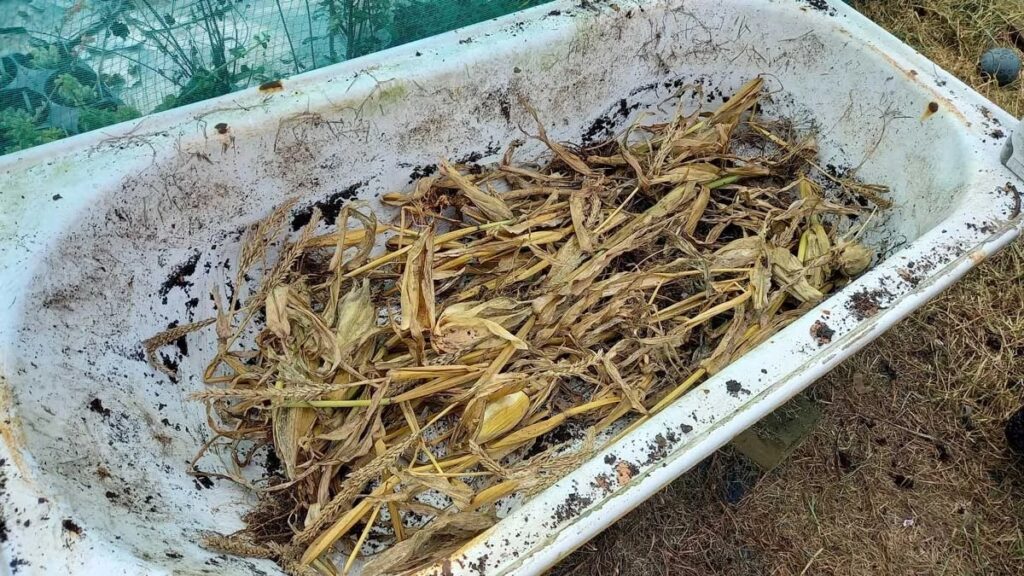
Corn stalks can make a surprising addition to your worm bin, turning into a nutritious treat for your little soil helpers. The process is simple and easy: chop the dried stalks into small pieces before tossing them into the bin.
This will make it easier for eager worms to munch on this fibrous material.
The stalks provide a good source of carbon, which helps balance the worm bin’s diet. As worms feast on the corn stalks, they break them down into nutrient-rich castings that are perfect for enriching your garden soil.
This process helps create a thriving ecosystem right in your backyard.
Just remember to keep the bin moist but not soggy to help the worms do their job efficiently. Mixing the corn stalks with other kitchen scraps and yard waste ensures a balanced diet for your worms.
8. Provide for Soil Microbes
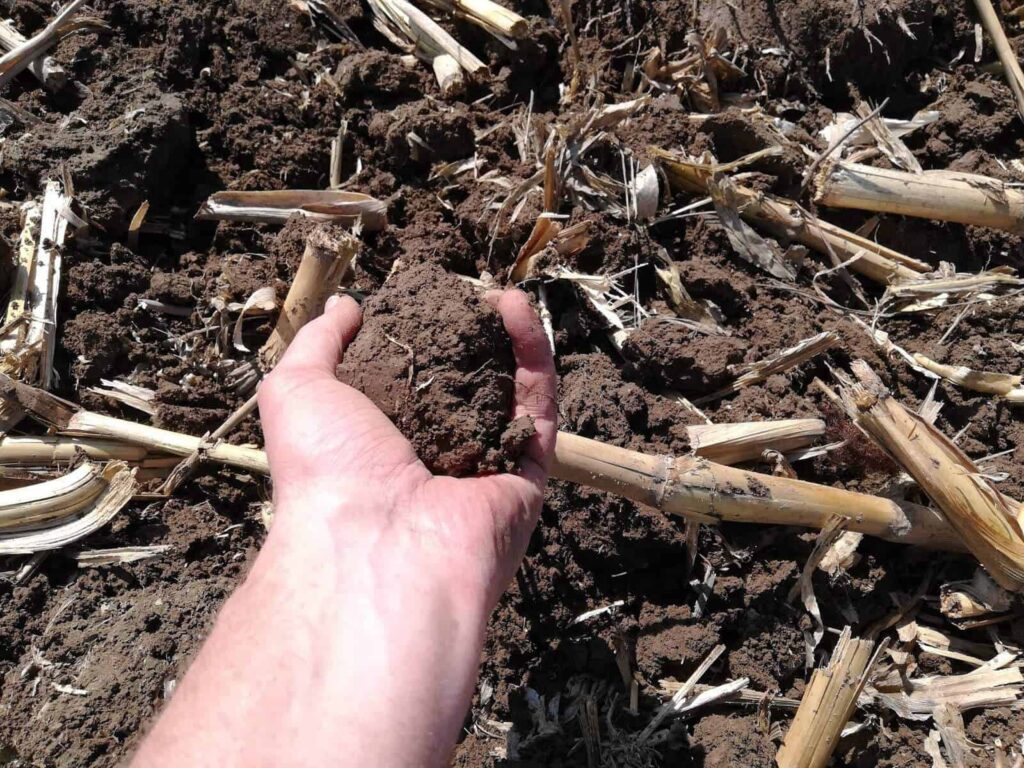
Corn stalks can also serve as a snack for soil microbes, helping to boost soil health in a natural way. Instead of removing the stalks, leave them in your field where they break down over time.
These fibrous stalks provide a steady diet of carbon for soil microbes, which are crucial for a healthy soil ecosystem.
Mixing corn stalks into the soil encourages microbes to get to work. As the stalks decompose, they release nutrients back into the soil, feeding the microbes and enhancing soil fertility.
This process helps improve soil structure and supports the growth of future crops.
Pairing corn stalks with a carbon product like wood chips, straw, or sawdust can speed up decomposition. The microbes love this combination, making the soil richer and more productive.
9. Use as Home and Garden Decorations

Corn stalks also make fantastic decorations, especially during the fall season. Once dried, these stalks become a versatile material for a range of creative projects.
You have tons of choices! You can make a rustic wreath for your front door or a cute scarecrow for your garden, all using corn stalks.
They can be arranged into bundles, tied with twine, and placed around your porch or yard to add nature’s charm to your seasonal décor.
Corn stalks are also perfect for crafting unique ornaments and garlands. After drying, they can be cut, bent, and fashioned into various shapes and designs.
This craftiness isn’t limited to personal use! You might be surprised to know that dried corn stalks are often in demand at local craft fairs and farmers’ markets.
10. Spread around as a Natural Pest Repellent
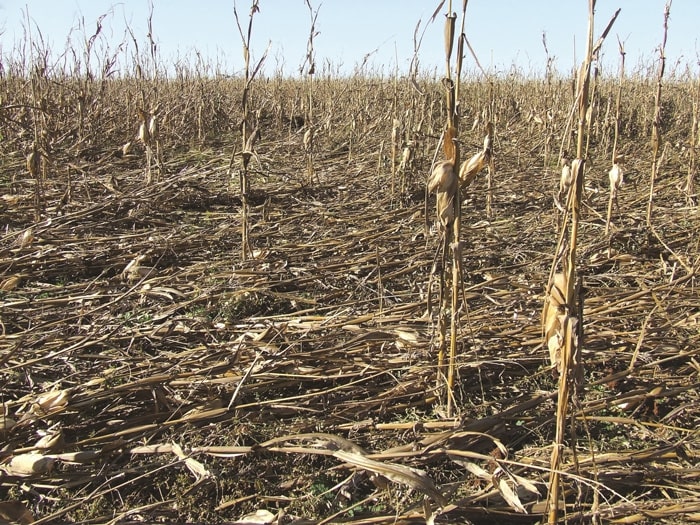
Dried corn stalks have a smell that garden pests really don’t like. Insects such as aphids and beetles find the scent so unpleasant, they tend to stay away from plants.
Putting these stalks around your garden can help keep bugs away naturally and in an eco-friendly way.
Farmers and gardeners often scatter dried stalks in smart spots to help protect their plants. This handy trick cuts down on the need for chemical pesticides.
11. Extract for Its Natural Dye
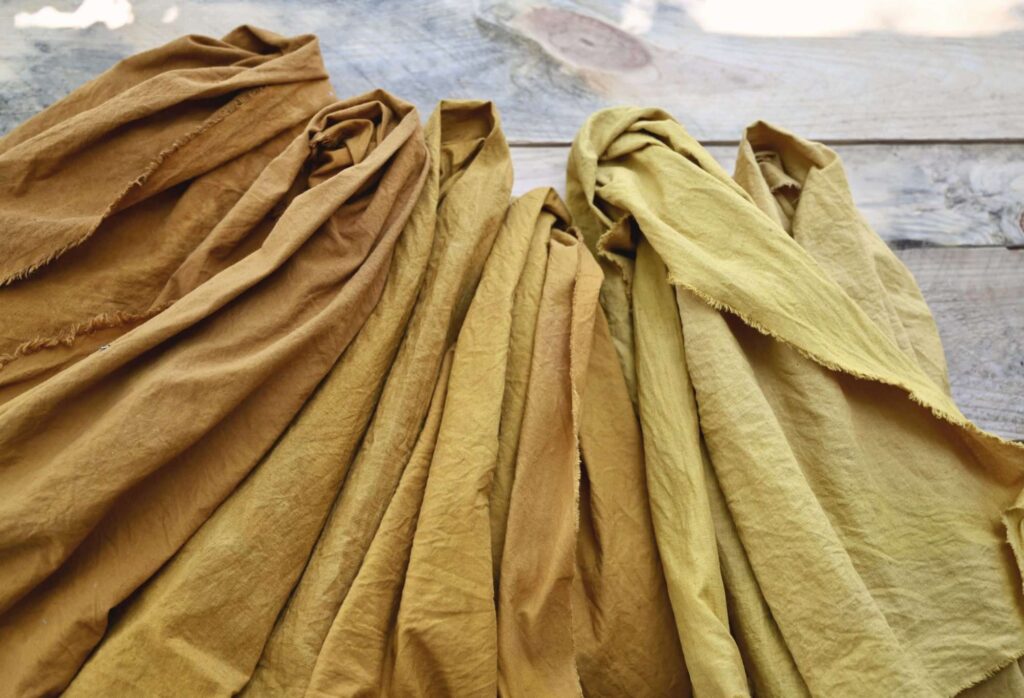
Corn stalks are a fantastic find for DIY dye enthusiasts. Traditional fabric arts often use dyes made from their fibers, making them a green alternative to synthetic options.
Fresh or green stalks yield a bright yellow, while dried stalks give a more muted brown. They’re ideal for creating unique colors for fabrics, yarns, or even paper.
Starting this project is simple and enjoyable. Simply chop the stalks into small pieces, simmer them in water to release the color, then strain the liquid.
You can experiment with different fibers or materials to see how they absorb the dye. This process is not only a great way to recycle garden waste but also adds a personal touch to your creative projects.
When to Remove Dead Corn Stalks
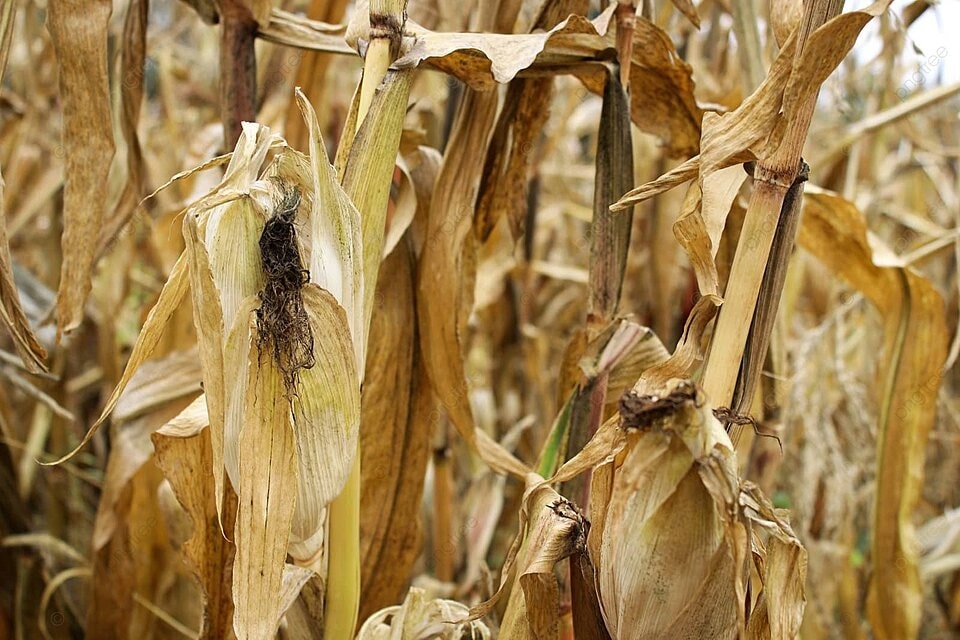
The best time to remove dead corn stalks from your garden is after the corn has been harvested and the stalks have dried and turned brown.
This ensures the stalks are easier to handle and less likely to harbor pests.
How to Remove Dead Corn Stalks
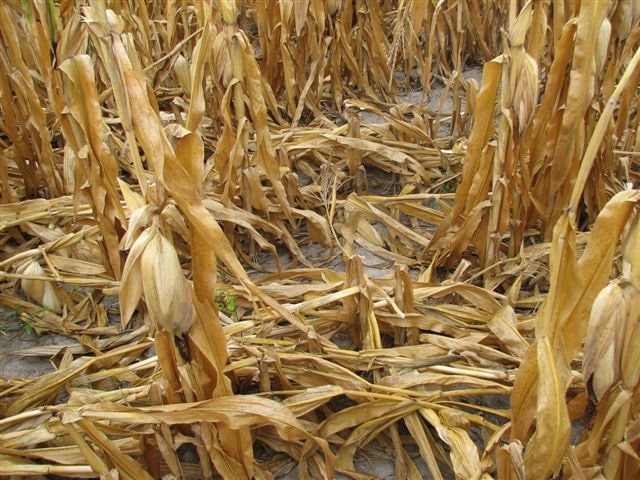
1. Prepare your tools.
These include garden gloves, pruners or shears, and a sturdy rake. Tools make the job easier and more efficient compared to pulling out dead corn stalks with your bare hands.
2. Cut the stalks.
You can use pruners or shears to cut the corn stalks at the base and close to the ground. Just make sure to have clean cuts as these help prevent leaving behind messy stubs.
3. Gather stalks into piles.
Collect the cut stalks into piles. A rake can help with gathering and organizing the stalks into manageable piles.
4. Use machinery if needed.
For larger fields, think about using a tractor or other machinery to speed up the removal process. This is especially useful for big areas with many stalks.


